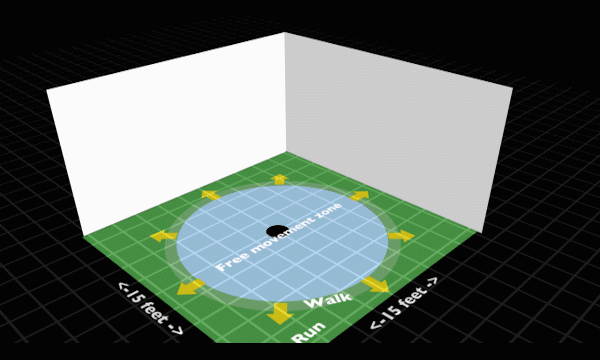Well they're not little computers if that's what you mean. But they're sensors that know when they've been hit by the scanning laser. Smarter than an always-on LED.
Speculation:
Each base station uses a different frequency of light
Max. tracked sensors is essentially infinite, because no two sensors can occupy the same point in space, they will always produce time-distinct readings.
Ohhh. Your wording read like you meant the lasers were "reading" the position of the headset.
I get it now.
EDIT: Ok, now I think that *is* what you meant. You keep talking about "lasers reading something".
From what I've read, the laser boxes are completely dumb. All they do is project IR lasers all over the place.
The HMD and controllers have photocells that read the positioning of the IR lasers to determine where they are in the room. I don't think its been explained, but I would imagine you set up your lighthouse boxes and then scan the room with your headset/device to calibrate.
Really it sounds a lot like the wii remote/ IR sensor. Except they're using photocells instead of cameras, and there are lasers instead of 2 dots.
Also, why would the base stations need to use different light frequencies?




